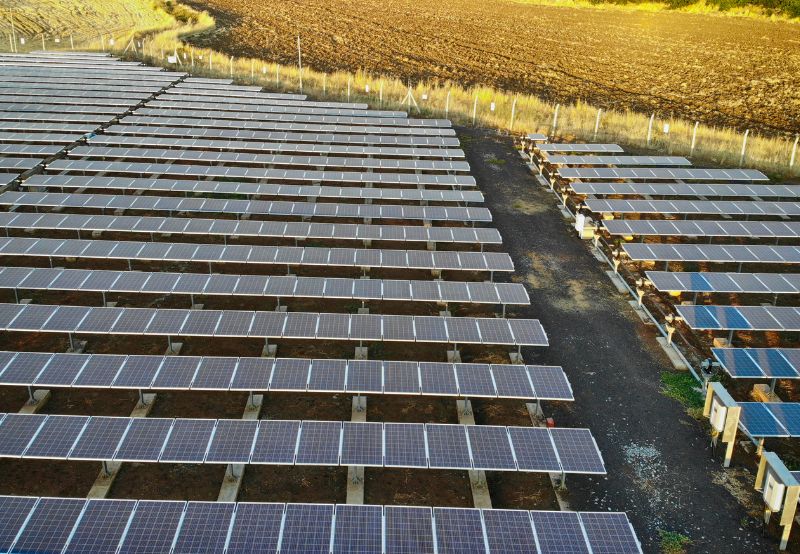Vermont Business Magazine The Vermont House of Representatives voted 108-36 Thursday to advance H.126(link is external), an act related to community resilience and biodiversity protection. The bill passed on a third reading Friday and now heads to the Senate for consideration.
According to the US Forest Service, Vermont is losing approximately 12,000 acres of forestland per year to development, causing significant impacts to ecosystem health, habitat for wildlife species, the ecological viability of natural lands, and our working lands economy. H.126, referred to as the “30 x 30” bill, would elevate land conservation as a necessary strategy to promote healthy forests, habitat connectivity, biodiversity protection, outdoor recreation, sustainable forestry, public health and climate resilient communities.
“Yesterday was the 55th anniversary of the billboard ban, a ban that preserved the sanctity of our Vermont landscape and left our Green Mountain state protected by the scattering of advertisements littering our fields and forests,” said Speaker of the House Jill Krowinski Friday. “Likewise, this conservation bill looks to further ensure that our state’s natural wonders are forever protected and can continue to foster growth for our plant and animal species, as well as be enjoyed for recreational purposes for years to come.
“We know this is part of our work to make intentional, smart conservation part of our state’s climate action. We’re working to make our state more resilient to the impacts of climate change before it’s too late. Legislation like this protects Vermonters, our Vermont lands, and our collective future; it is meaningful work that will make a meaningful difference.”
“This bill is about making wise investments in climate adaptation and mitigation for both wild and human communities. It builds on the great conservation work and policies that are ongoing in our state to ensure that we conserve the necessary elements of our landscape before they, and the invaluable services they provide for our communities, are lost to development,” said Rep. Amy Sheldon, Chair of the House Environment and Energy Committee.
“Conserving an intact and connected landscape has a multitude of diverse benefits for all of us. Planning for conservation is necessary for the future of biodiversity in the region, to ensure human and natural community adaptation to a changing climate, to mitigate the effects of the climate and biodiversity crises, to support our forest products industry, our recreation and tourism economy and our outstanding quality of life.”
You can learn more about H. 126 – An act relating to community resilience and biodiversity protection here(link is external).
“We applaud the House for its strong vote to advance H.126, recognizing that Vermont’s most effective and efficient contribution to protecting biodiversity and building climate resilience is to conserve an intact and connected landscape with a mix of management approaches,” said Jamey Fidel, Forest Program Director at Vermont Natural Resources Council. “We look forward to working with lawmakers as the bill advances to enact H.126 into law and begin the critically important conservation work outlined in the policy.”
Given current and future development pressures on Vermont’s landscape, alongside the dual challenges of biodiversity loss and climate change, this bill calls for the creation of a statewide conservation plan that would include an inventory of conserved land, and the necessary conservation approaches to maintain a resilient Vermont, including natural and working lands.
“We thank all the House members who voted to support biodiversity and land conservation. Not only is this policy in line with our federal and international commitments to conservation, it’s also a huge opportunity to protect what we all love about Vermont – our natural and working lands and diverse wildlife,” said Lauren Hierl, Executive Director of Vermont Conservation Voters. “Following the Governor’s disappointing veto of similar legislation last year, we’re excited to see the strong support for the House for bringing this policy across the finish line this year.”
“In this critical moment of both climate change and biodiversity loss, we are grateful to the House members who recognized the important role our natural and working lands play in building our climate resilience and reversing biodiversity collapse through their vote in support of H.126 today,” said Lauren Oates, Director of Policy & Government Relations at The Nature Conservancy in Vermont. “Creating statewide biodiversity and conservation goals, and the plan that will help us get there, is at the heart of the bill, and we look forward to working with the Senate to get it into statute.”
Should the bill become law, the Agency of Natural Resources, with support from the Vermont Housing and Conservation Board, will work with stakeholders such as private landowners, land trusts, conservation groups, working lands enterprises, outdoor recreation businesses, planners, Indigenous groups, and the public at-large, to determine the tools, programs, and mechanisms needed to advance to conservation of 30% of our land and water by 2030 and 50% by 2050.




